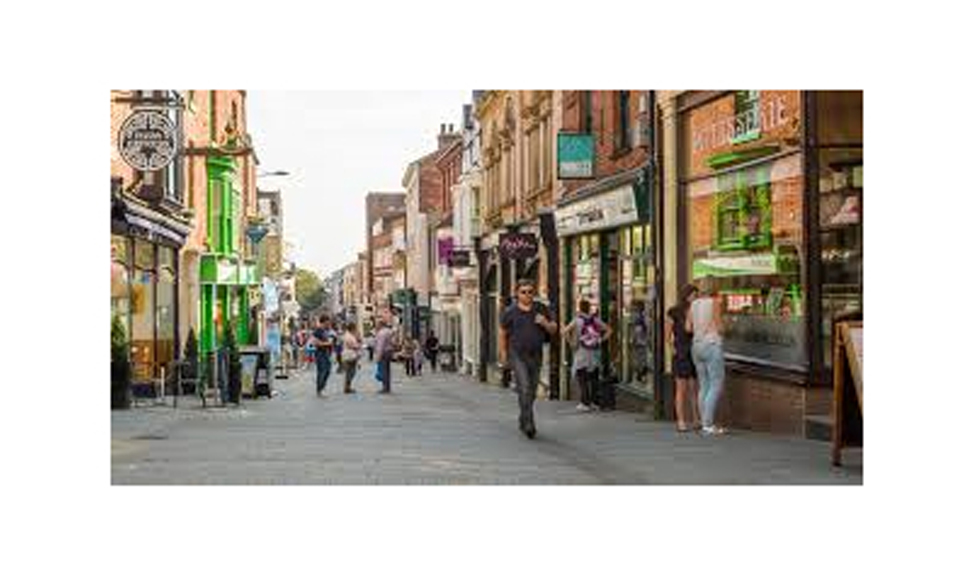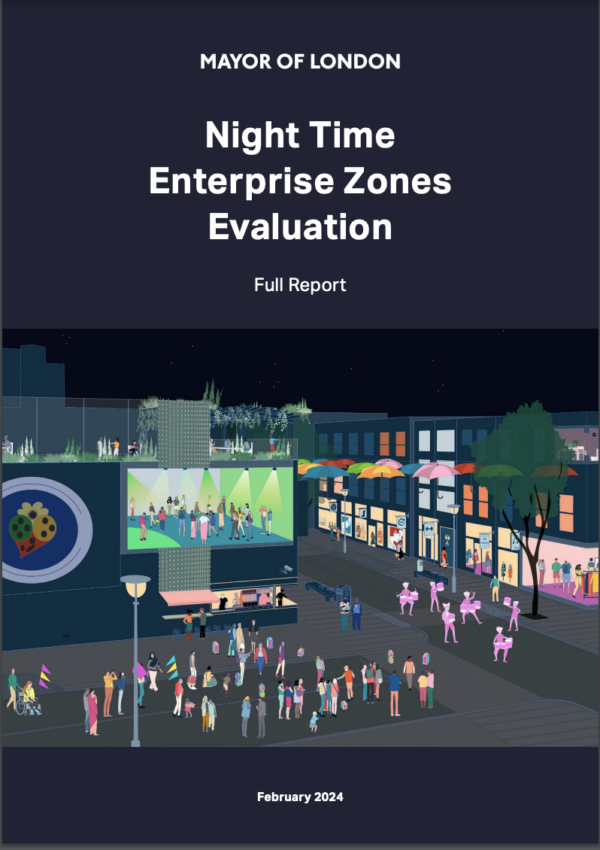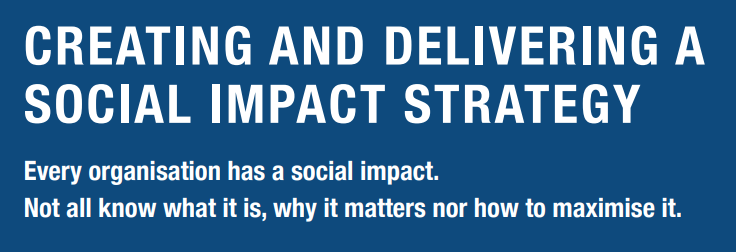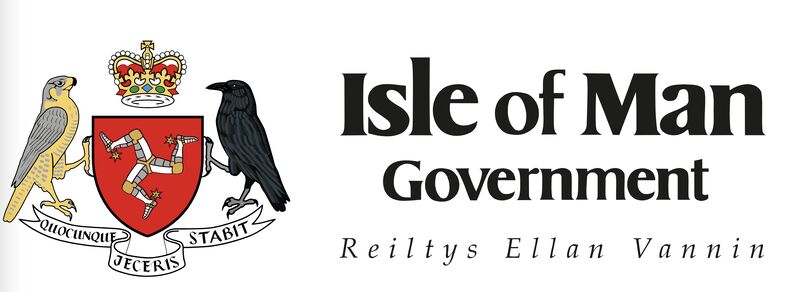
Grimsey Review 1 – what were the recommendations?
As I sit down to write the data and evidence chapter with considerably more material than in 2013 I am drawn to what we wrote in 2013 and ask myself;
What has changed?
A lot has changed in retailing, taxation, planning, policy and in our towns and in the consumers mind and hand (technology) but the first review set out to suggest how best to manage and monitor our towns so we could create the best places in the face of unprecedented change both in terms of speed and outcomes.
Which of these recommendations have worked in a town you know, which failed and which have never been tried. Has there been the skill or will to ‘grasp the nettle’ of change that is upon us?
Some recommendations have happened such as CPI for business rates but in other news we have seen bankrupt councils such as Northamptonshire – no reserves for loans there!
Some great work by many people has happened and the aim of #GrimseyReview2 is to expose this both in the UK and abroad. We will be looking at what has happened in Wales and also at the excellent review that Malcolm Fraser conducted in Scotland.
Whatever one’s views I believe we all agree that people and communities are key to our social existence, health and well being. This is not an isolated topic but one that touches every aspect of our being – financial, social, education, health and well being.
“The Only Thing That Is Constant Is Change -”― Heraclitus
LET ALL OF US DRIVE THE CHANGE AND NOT LET THE CHANGE DRIVE US!
Below are the recommendations – worth reading again before you get to read the outputs from the second review in July 2018 and don’t forget everyone is giving their time and expertise for FREE as before. So no agendas, no politics and no self-interest just a drive to do the right thing with the knowledge, skills and experience we have to offer.
Making the transition
1. Accept that there is already too much retail space in the UK and that bricks and mortar retailing can no longer be the anchor to create thriving high streets and town centres.
2. Set an objective to repopulate high streets and town centres as community hubs encompassing: more housing, education, arts, entertainment, business/office space, health and leisure – and some shops.
3. Establish a Town Centre Commission for each town with a defined skill base and structure to build a 20- year vision for each town supported by a broad business plan in five-year chunks.
4. Require local authorities to hold a public meeting annually to present the 20-year vision, town centre plans and progress made in the year, supported by an annual progress report.
5. Prepare for a ‘wired town’ vision or ‘networked high streets’ that puts libraries and other public spaces at the centre of each community based on the technology that exists today and will develop in the future.
6. Establish a ‘Digital Maturity Demographic Profile’ for each town to prepare for ‘networked high streets’ and tailor connection and communication strategies accordingly.
Creating a fairer, more economically sustainable high street
7. Reintroduce immediately the 2015 business rates revaluation to realign property values and freeze business rates from 2014.
8. Once revaluations have taken place any future increases should be an annualised CPI rate rather than a one-month snapshot. ACHIEVED
9. From 2017 revaluations must be conducted annually.
10. Any business occupying a retail property in the retail core of a town centre that has been vacant for 12 months should receive 50% rate relief for two years.
11. There must be a political will and determination to reduce property taxation once the Government’s fiscal debt consolidation plans have been fully implemented.
12. The business rates system needs a root and branch review to establish a flexible system that will reflect changes in economic conditions as they occur.
13. Local authorities to use a portion of their reserves to offer loans to qualifying small businesses.
14. Understand the success of the Bank of Dave set up and establish a process, including local crowdfunding, for local people to collectively invest in the local community and start up businesses.
15. Connect planning applications to the business plan for each town and ensure that developments to within the criteria set.
16. Enable the change of use process to be used to convert entire sub-high streets to residential or other uses within the agreed high street plan and relocate the successful independent retailers into the main commercial centre.
17. Make it easier for motorists to shop by building in a two hour free high street and town centre car parking system to the overall business plan for the location.
18. Local authorities to freeze car-parking charges for a minimum of 12 months.
Community first
19. Reduce mandatory rate relief for charities from 80 per cent to 70 per cent and of the remaining 30 per cent payable in business rates apportion a third to a ring fenced local authority pot for projects that benefit the community.
20. Establish greater clarity on the mandatory rate relief criteria for charities, social enterprises and Community Interest Companies. Organisations whose primary function is to exist for the benefit of the local community – i.e. hospice shops – should be given priority status for top up relief from local authorities.
21. Landlords of empty shop units should be required to apply for a change of use and make the asset productive in the community as housing, health, leisure, culture or education facilities in line with the town plan.
22. Make it compulsory for all Mega Mall developments to create a percentage of affordable space within the development for local traders and market stall pitches.
23. Evaluate the future of out of town shopping parks and prepare a plan to bring unwanted space back into use to benefit the community.
24. The Community Infrastructure Levy should be used to support the delivery of a town centre plan.
Better-managed high streets
25. Put in place common key performance indicators to measure the economic health of each town and link the reporting through a data dashboard to provide independent, objective and current data on performance.
26. Create a full time high streets minister to replace the current part time position that is tagged on to the duties of housing minister. Encourage greater cross-departmental work between BIS and DCLG to fully understand shared government responsibilities for helping improve local high streets.
27. Establish a comprehensive evidence base that tracks the change in retail and leisure locations from a local, regional and national perspective. Actively encourage and fund research based on this data by academic institutions in partnership with the private sector in order to ensure ongoing thought leadership into the nature and reasons behind changes taking place.
28. Ensure that the economic blueprints produced by Town Commissions are sustainable and environmentally practical by understanding and emulating innovation from the Transition Town trials, for example.
29. Make it compulsory for national retail and leisure chains to invest 0.25% of one year’s sales (2014) into a local economic development fund to sponsor local start up businesses in a similar way to the Prince’s Trust. This would be a one-off levy.
30. Implement the Town Centre Commission process through five trials to test the methodology, information requirements, modelling techniques and viability of the whole process including public consultation.
31. A timetable should be set to conduct the trials by March 2014 and aim to exit 2014 with plans, measures and central technology in place in place for all town centres for implementation from 2015 onwards.







Leave a comment: